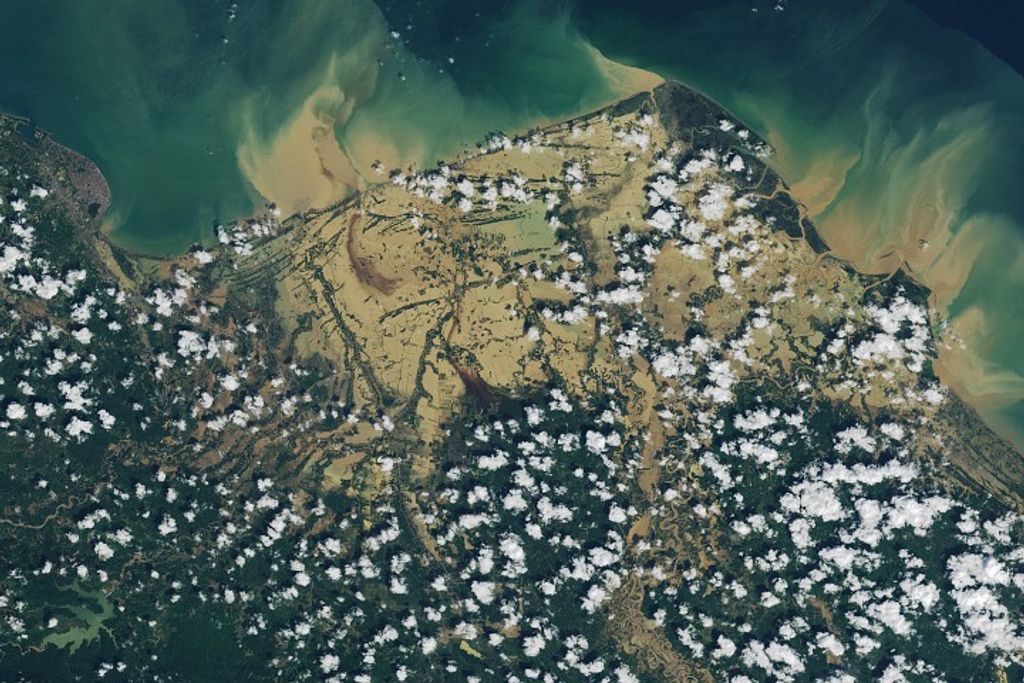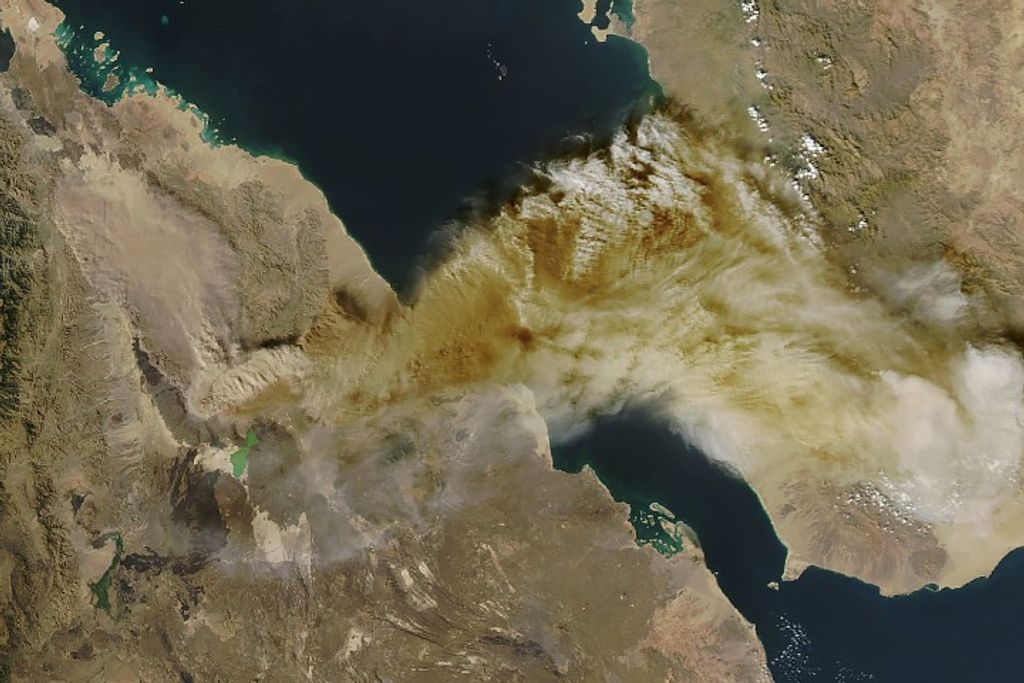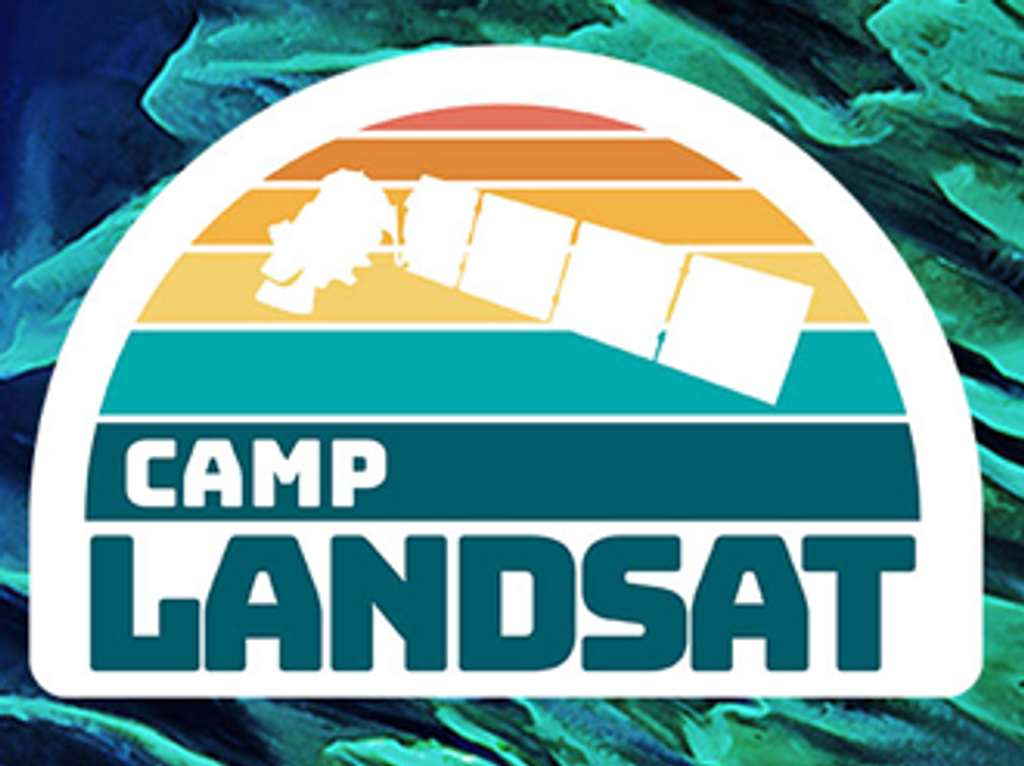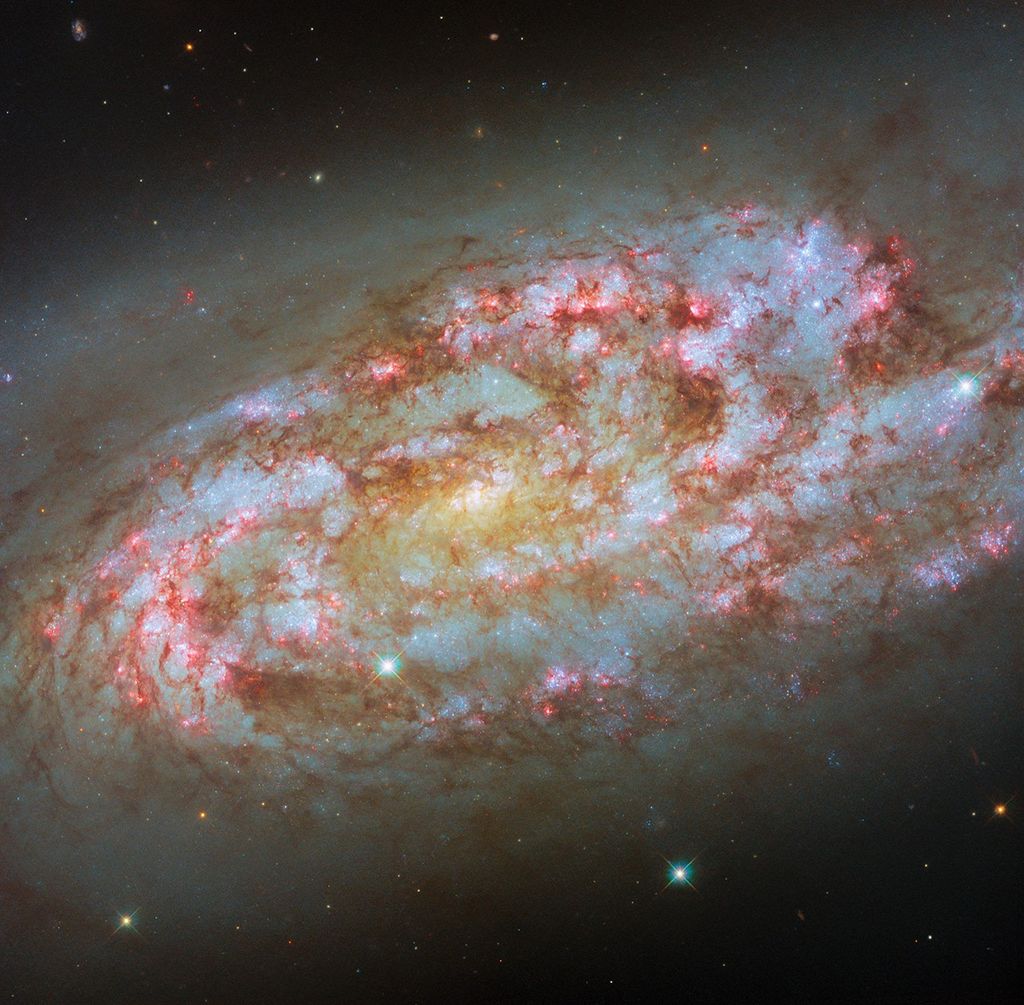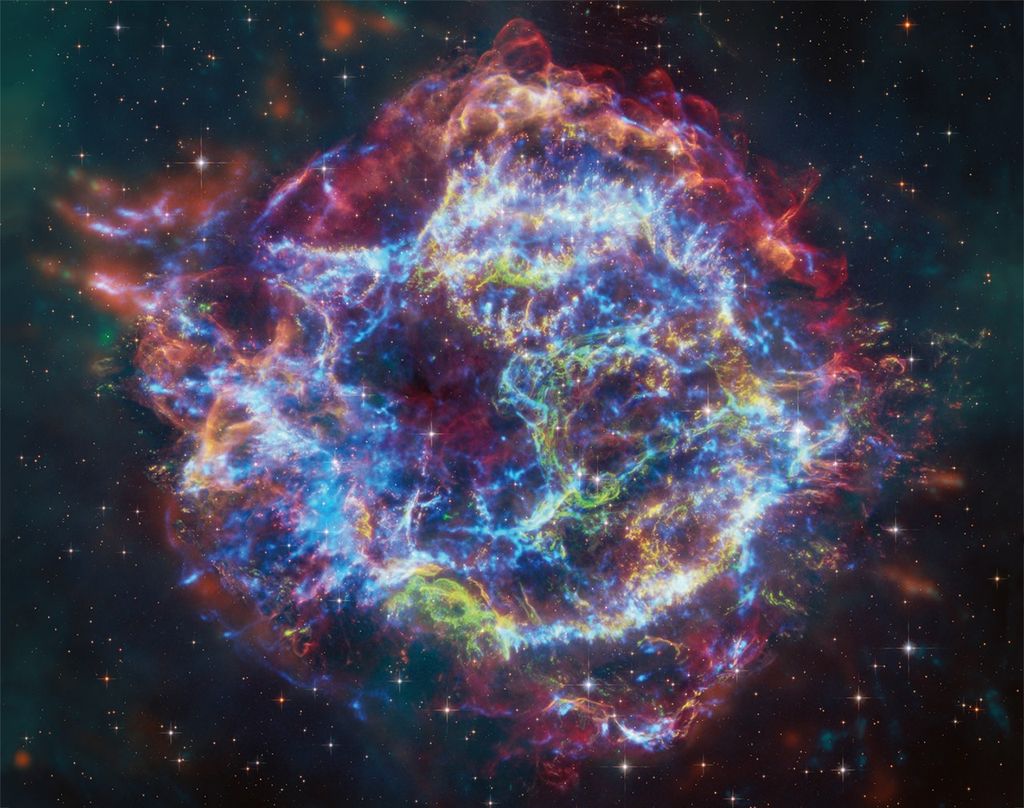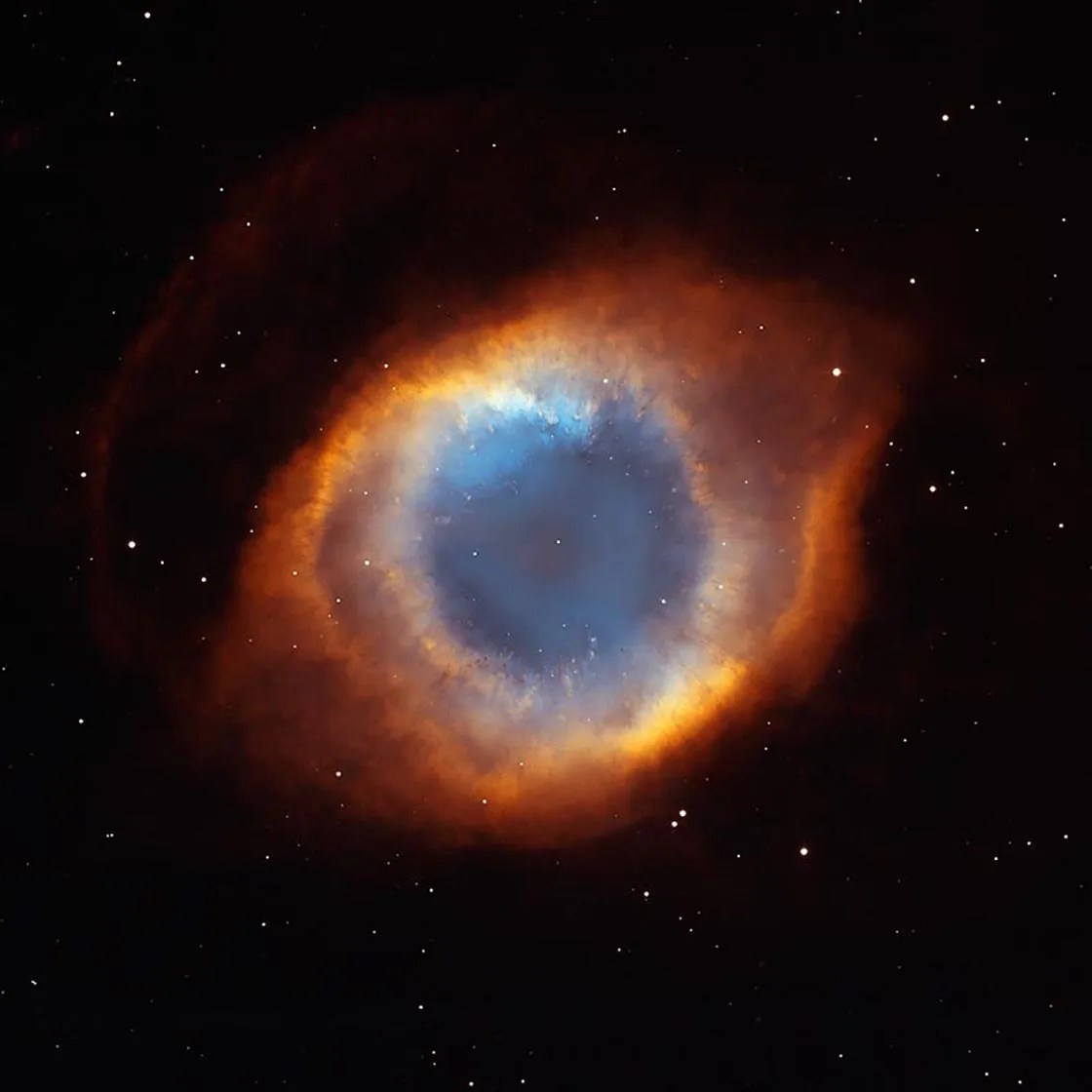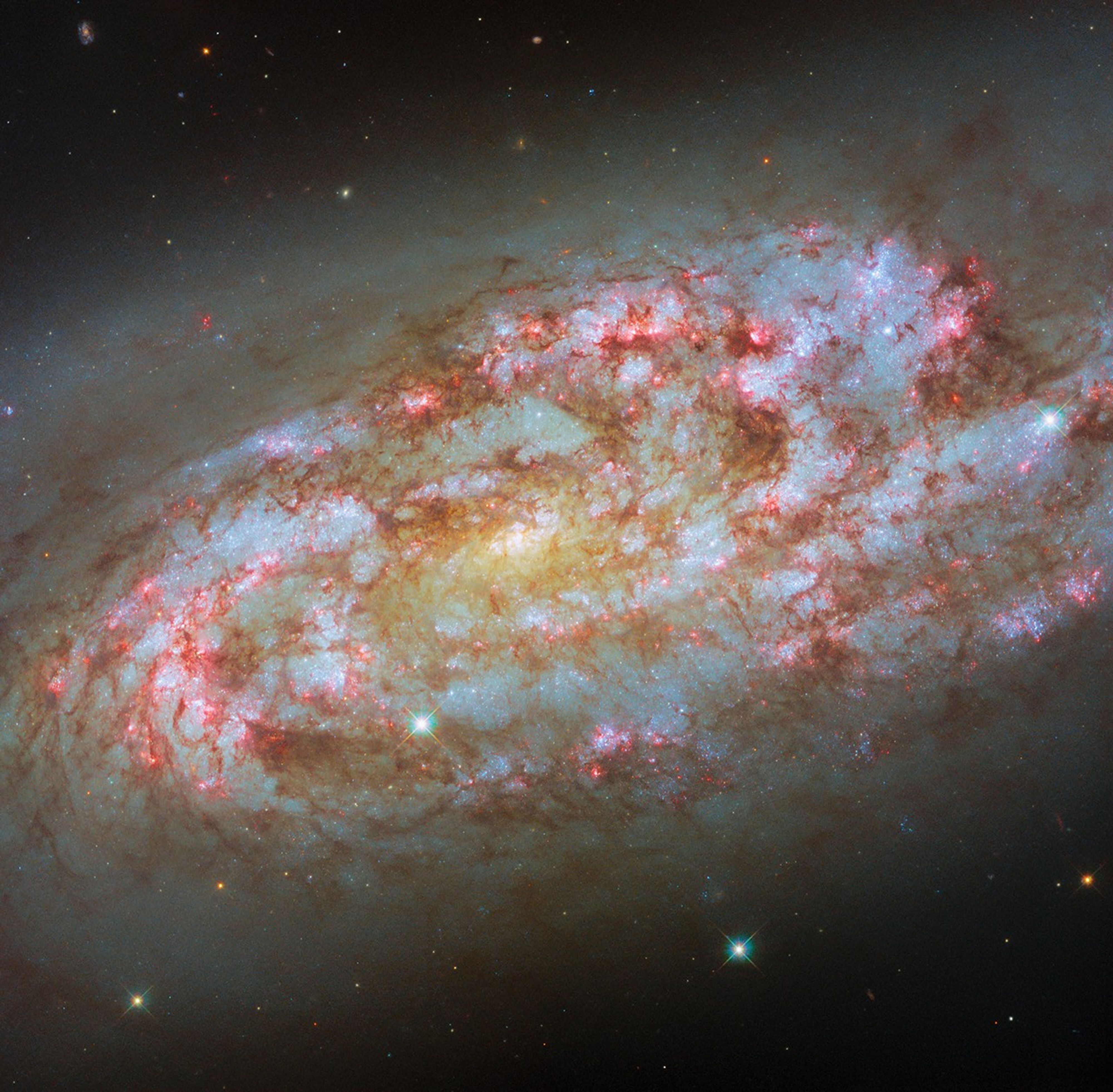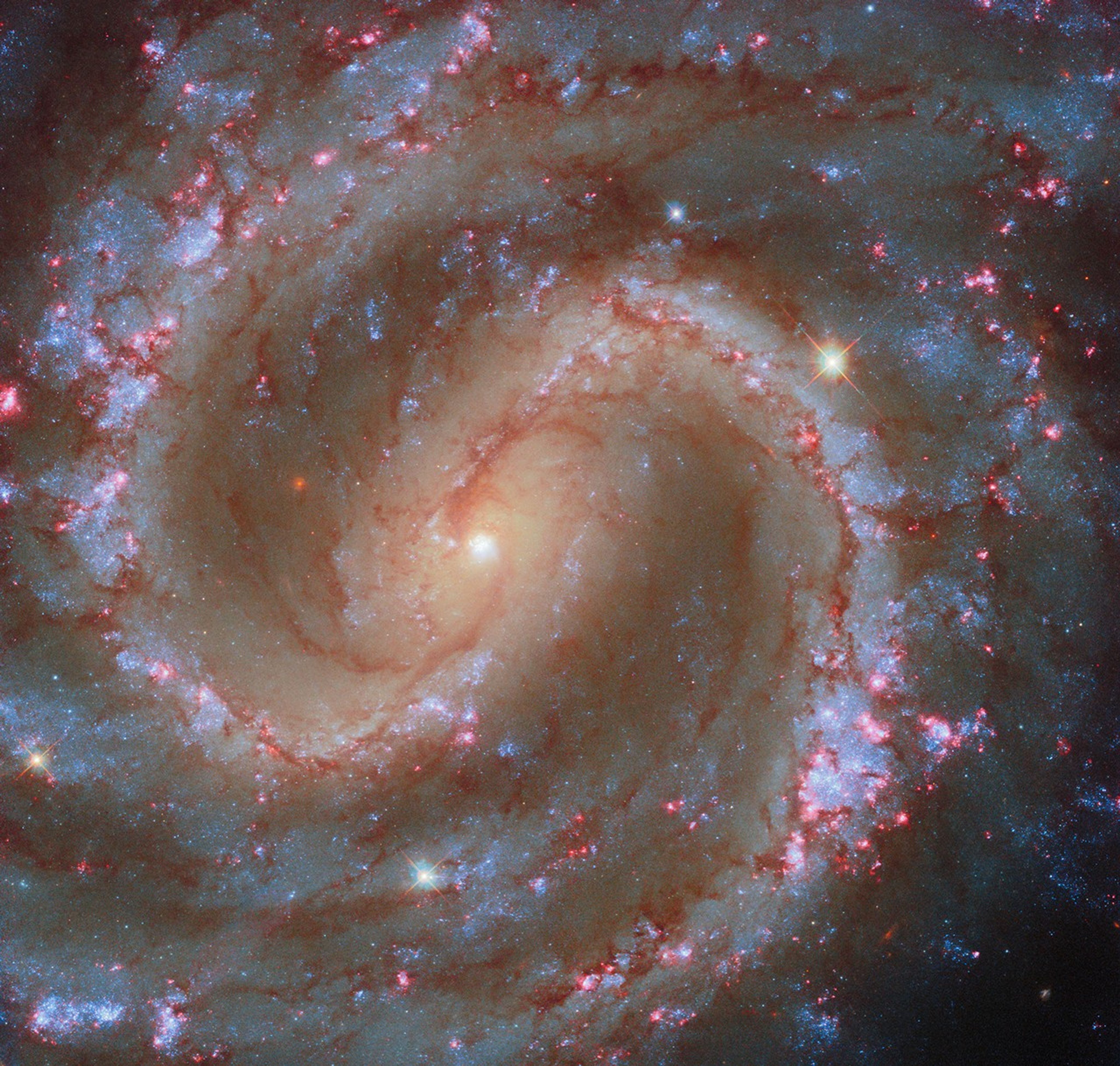People see all kinds of shapes in the cosmic clouds of the universe, from owls to soccer balls, skulls to insects. Test your nebulae knowledge and match these tumultuous clouds of gas and dust with their true names. Click the image below to begin.
For the best experience on mobile, please rotate your phone to landscape mode.
Hubble's Nebula Gallery
Hubble's Nebulae
These ethereal veils of gas and dust tell the story of star birth and death.
Hubble's cosmic menagerie of nebulae observations holds a wide variety of awe-inspiring forms, each one revealing part of a grand story of how stars evolve. Find out about the types of nebulae and the science behind them.
Learn More about Hubble's Nebulae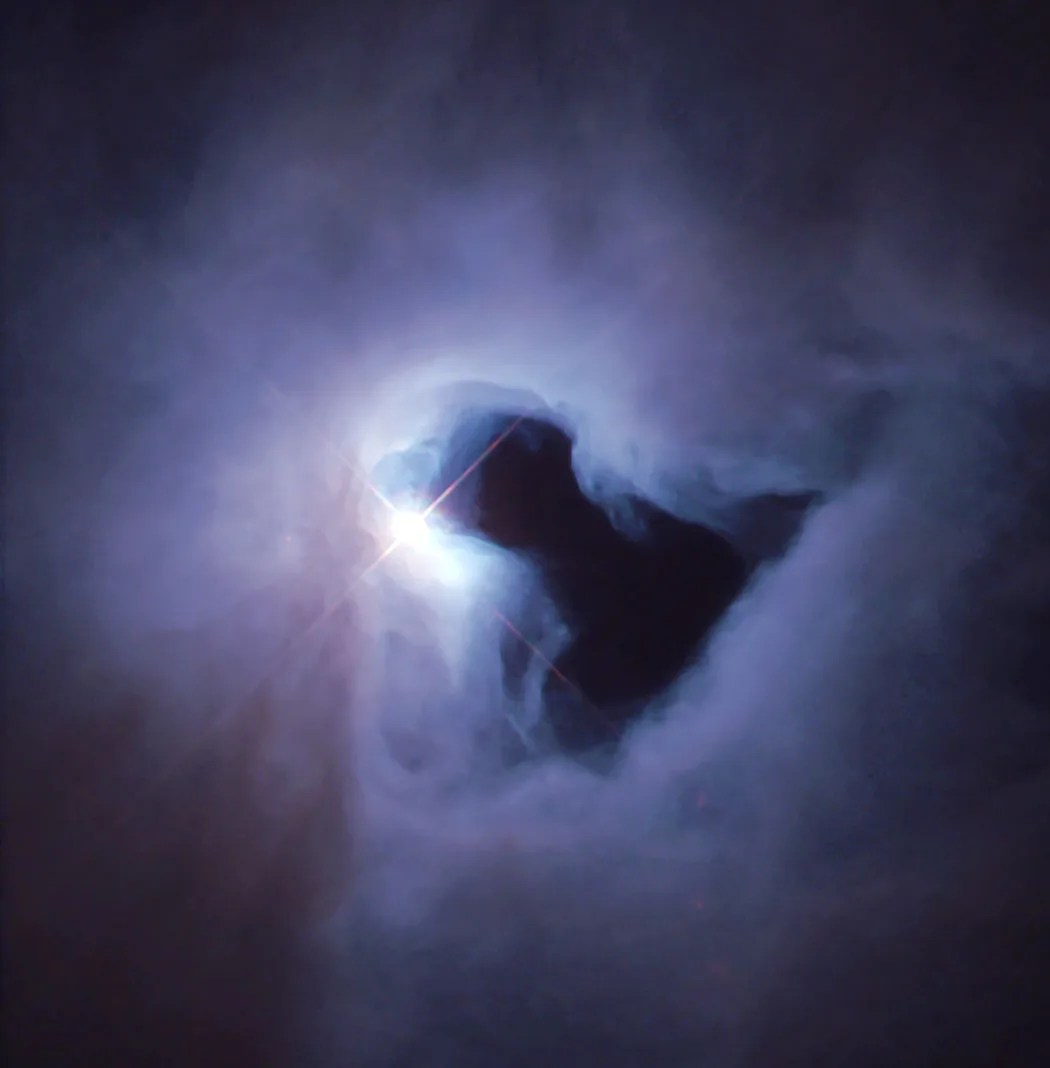
This cosmic keyhole, called NGC 1999, is a reflection nebula residing some 1,350 light-years from Earth near the Orion Nebula. Reflection nebulae shine by the light from an embedded source. In the case of NGC 1999, this source is the newborn star V380 Orionis, which is visible near the center of the image.
NASA and The Hubble Heritage Team (STScI)








